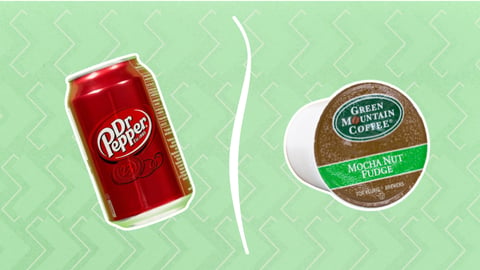How Kraft Heinz’s Operating Reorientation Is Unlocking Benefits
Kraft Heinz continues to share examples of how it says its silo-busting is paying off across the enterprise.
The company’s steps to recalibrate its operating model, which began two years ago, included integrating its commercial and supply chain teams so that P&L ownership included the supply chain. In doing so, the new structure is facilitating a level of collaboration that wasn’t previously incentivized.
“Think about either in-year inflation that was not contemplated during budget or even productivity [in the past],” said Andre Maciel, EVP and global CFO, at an investors conference this week. “As a consequence of that, a lot of energy was wasted inside the company blaming commercial and supply chain, and the other way around, instead of people working together and really for the better of the company.”
“For the first time, we have the P&L people also in charge of cash flow, which was not the case up until last year,” he noted.
These changes are not only unlocking efficiencies but also enabling people to receive a more holistic understanding of the consequences of decisions, according to the exec. And while perhaps not rocket science, he conceded, it’s nonetheless unlocking incremental opportunities for the No. 20 publicly owned consumer goods company.
As part of this, Kraft Heinz, which is undergoing a transformational multi-year turnaround strategy, also flattened its reporting structure to have marketing and R&D report directly into a zone (region) president. This, combined with new hiring strategies and ramping up its R&D headcount, has resulted in both more creative marketing campaigns and significant R&D changes.
Kraft Heinz has expanded its Agile-based strategy across the enterprise, which includes pods focused on specific business opportunities and challenges. There are 12 pods focused directly on innovation, and Maciel said they expect innovation’s impact on revenue to ramp up in the second half of the year.
Also new: Kraft Heinz redesigned its incentive model to reward regions and not just individual performances to provide a better balance of collaborative metrics. “So in the U.S., for example, everyone is on the same boat. So either [the] U.S. as a whole wins or no one benefits from it,” said Maciel.
All told, these operating changes are expected by Kraft Heinz to help drive $2.5 billion in cost savings by 2027.






